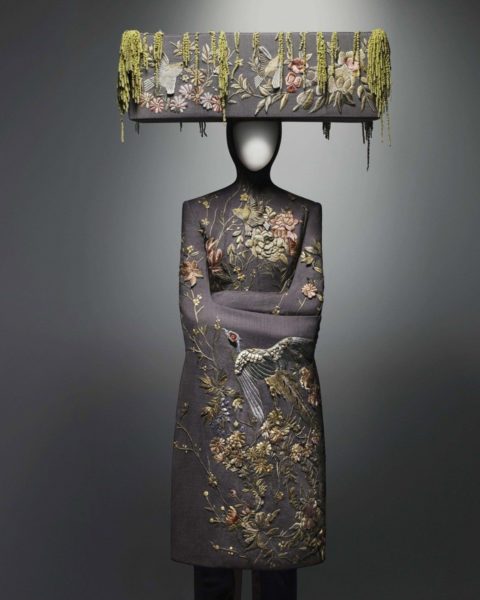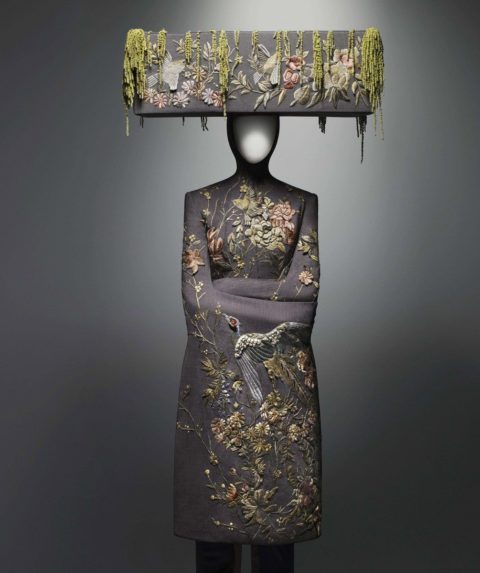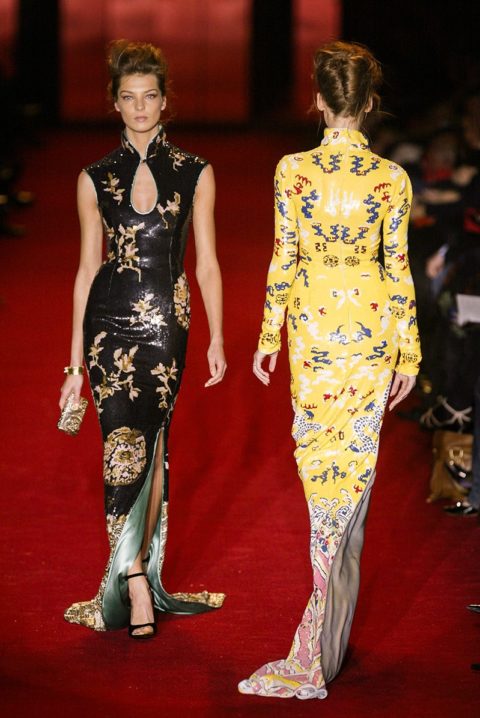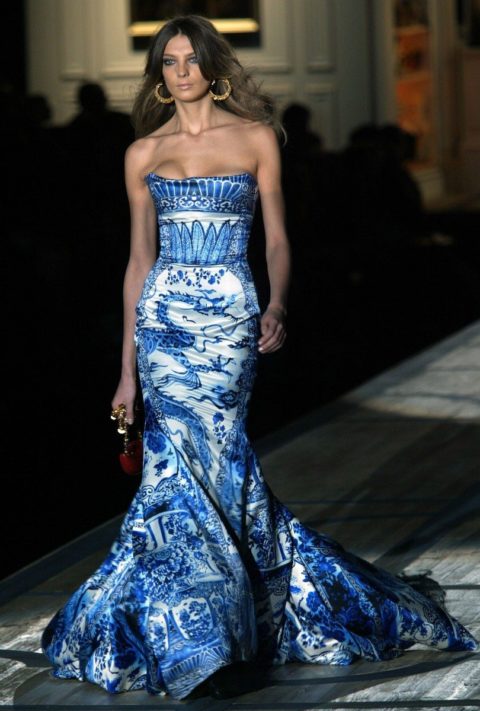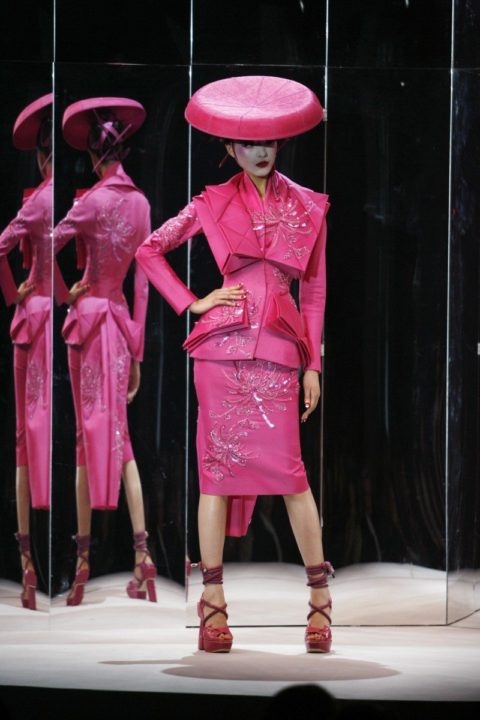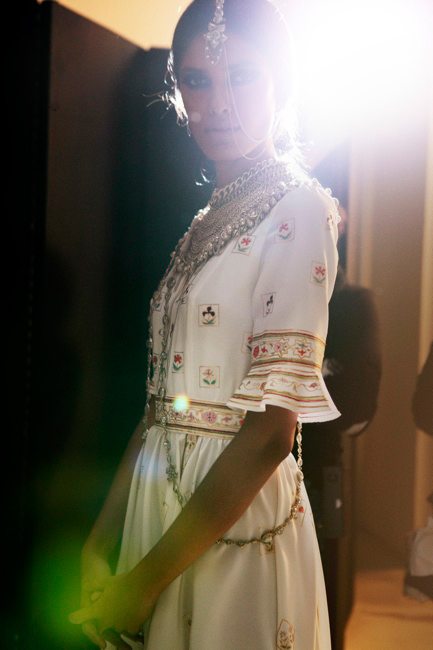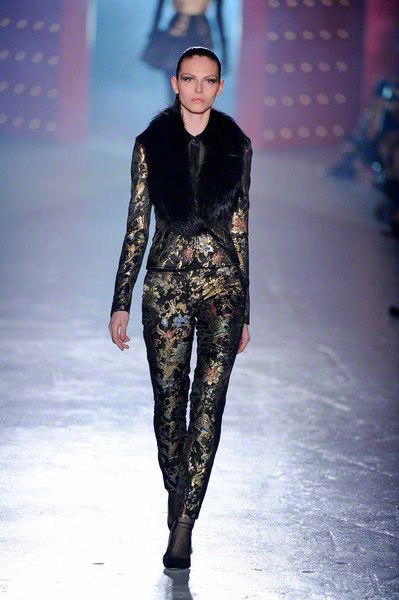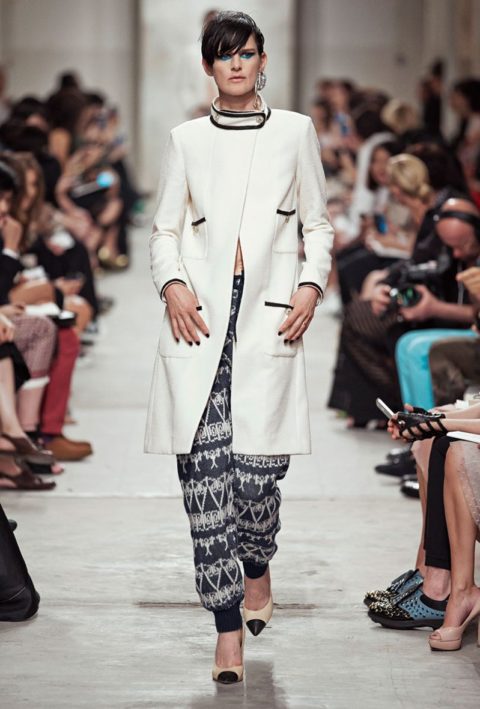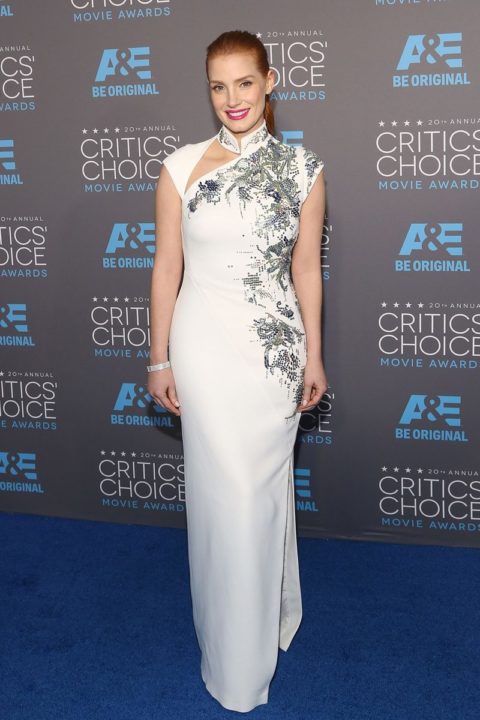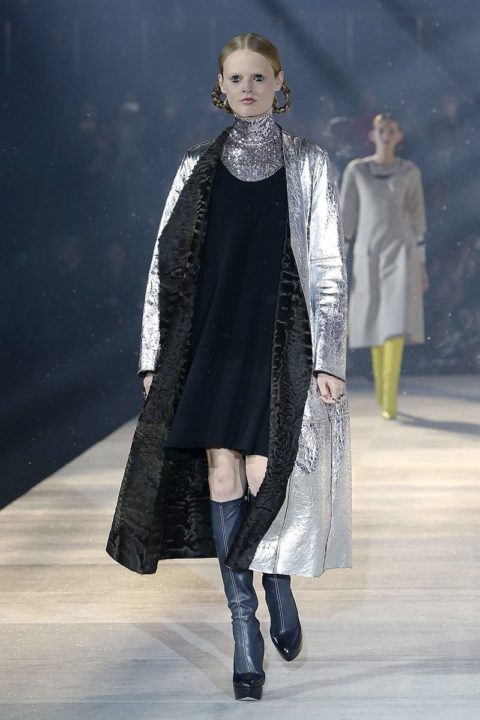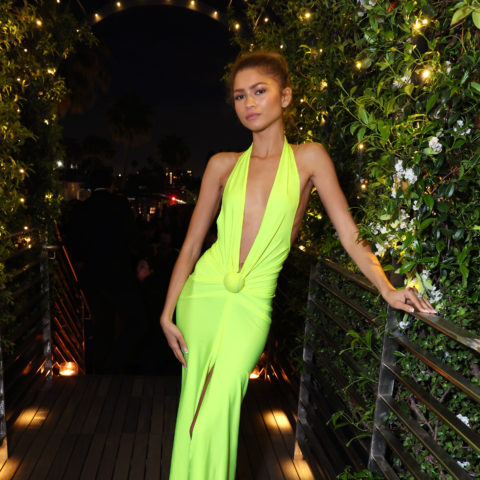Is 2015 the year of Asian fashion? We discuss the good, bad and offensive moments in recent history
Judging from this year’s line-up of fashion shows, parties and spring collections, 2015 is the year of celebrating Asia in the world of style. Last September, Vogue and the Metropolitan Museum announced their upcoming annual costume exhibition and gala would take on the theme China: Through the Looking Glass, showcasing the culture and its influence on and from the Western world. And last week Chanel announced it’s taking its super-luxe Cruise 2015 collection back to Asia on the very same day as the Met gala, this time to Asia’s rising fashion capital, Seoul, Korea. Being the up-and-coming centre for cool fashion trends and all things beauty, we can’t imagine a better fit for Karl Lagerfeld.
Asia has been an aesthetic influencer since the 1800s and recently even more so. Not only has the the fascination of the Far East culture inspired designers like Yves Saint Laurent and Coco Chanel (to name a few) decades ago, but the Asian demographic has also no doubt been fueling the business side of the fashion world, especially in recent years. Making up a big percentage of the consumer market, more and more designers and companies are taking that fact into account, whether it’s including more of Asia’s top models (think Liu Wen, Soo Joo and Fei Fei Sun) in campaign ads and runway shows or pushing out products that strike fancy with the consumers.
But diving into Asian-appropriated territory is tricky business, and a long history of misappropriation and distortions in all forms of art –from film to fashion– proves that. And unfortunately, it still goes on today. Case in point: Just recently, there was quite some backlash on Weibo when Burberry unveiled its latest monogrammed scarf for Chinese New Year (it’s the biggest shopping season of the year, so naturally, companies are scrambling to take well advantage of that fact). Probably assuming the design would receive as much love as it did for the personal monogram scarves and poncho, the results ended up looking tacky with the lucky character ‘fu’ (read: good fortune) stitched in red on the scarf. Not only is it incorrectly placed, but it also shows Burberry will go to any means to appeal to the Chinese market. Sure, it may not be as faux-pas as others who have produced tongue-in-cheek accessories based on all-American invention (ahem, Kate Spade), but because of the lack of research and/or sensibility, we’ve expected better from the English heavyweight.
Nevertheless, culture misappropriation is a sensitive topic, but we can’t deny the progress (albeit a slow one) we’ve been seeing as of late. Seeing less history textbook and more abstract adaptations, designers are less misappropriating and more inspired by present-day scenes. Take Raf Simons for example. His most recent Tokyo-staged collection for Chistian Dior did not result in any stereotypical cherry blossom-filled kimono-like designs (although we think the anime-inspired eyes for the models was a stroke of genius by Peter Philips). Instead, the environment and the current Japanese style (think urban dressing meets functional wear) sparked Simons’ creativity, resulting in a collection relating to current times.
So will the Chinese-celebrated Met exhibition and the much-anticipated Chanel Resort collection in Seoul succeed? Only time will tell. In the meantime, as we count the days till the Asia extravaganzas, let’s take a trip down memory lane. From Alexander McQueen‘s reinterpretation of the traditional dresses worn by Qing Dynasty’s Manchu women to Tom Ford‘s sultry cheongsam gowns for Yves Saint Laurent back in Fall 2004, we round up our 10 fave Asian-inspired moments in (recent) fashion history.

